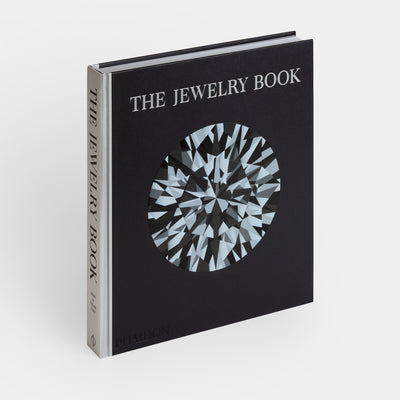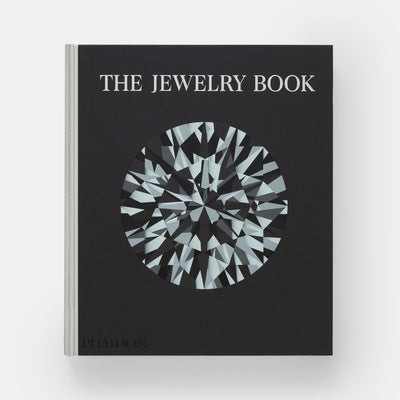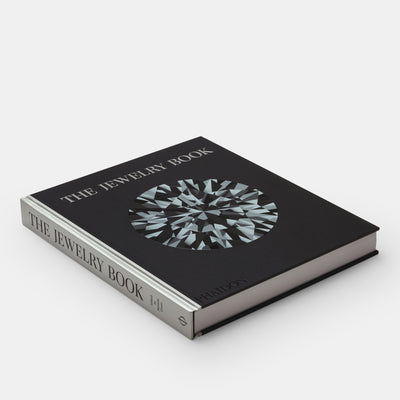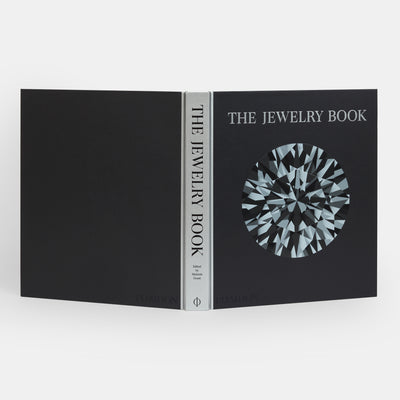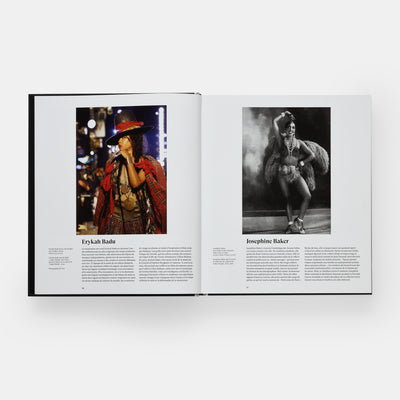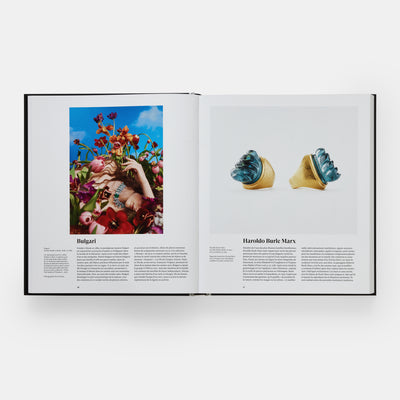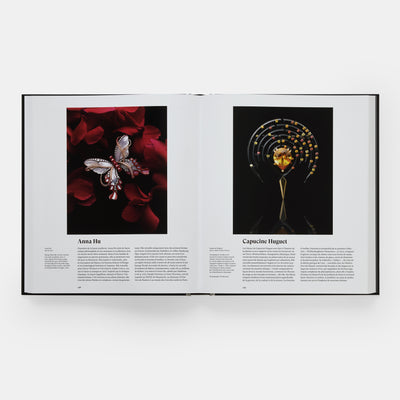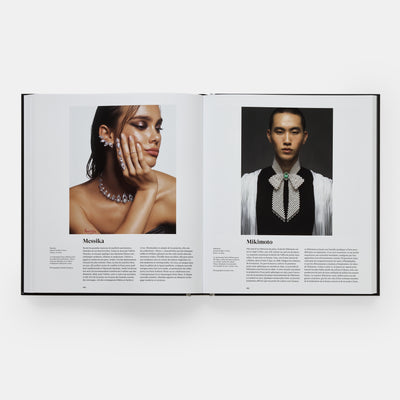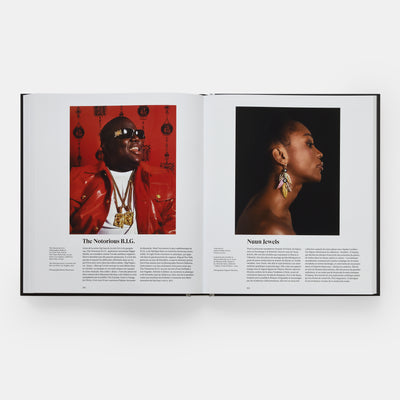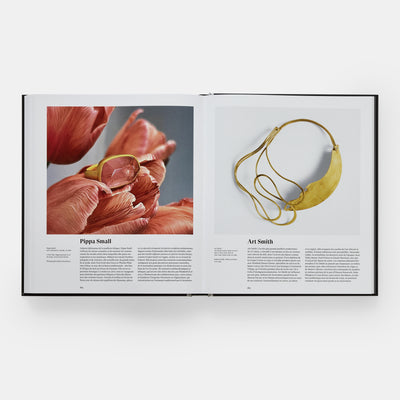British painter Cecily Brown has been based in New York since the 1990s, when she rose to prominence as a leading figure in the contemporary painterly canon. Brown’s paintings demonstrate a unique combination of abstraction and figuration, transcending classical notions of genre and narrative by drawing on a wide range of art historical references. Variably inspired by the fantastical visual worlds of Bosch and Goya, the organizational principles of Hogarth, and the gestural expressionism of de Kooning, Brown creates energetic and atmospheric canvases that swirl with fragmented bodies.
A pioneer of the British Black Arts Movement of the 1980s and '90s, Lubaina Himid has long championed marginalized histories. Her drawings, paintings, sculptures, and textile works critique the consequences of colonialism and question the invisibility of people of color in art and the media. While larger historical narratives are often the driving force behind her images and installations, Himid's works beckon viewers by attending to the unmonumental details of daily life. Bright, graphic, and rich in color and symbolic referents, her images recall history paintings and eighteenth-century British satirical cartoons. In many works, the presence of language and poetry—sometimes drawn from the work of writers such as Audre Lorde, Essex Hemphill, or James Baldwin—punctuates the silence of her images with commands, instructions, or utterances that are at once stark and tender.
Jenny Saville is a contemporary British painter whose stylized nude portraits of voluminous female bodies have brought her international acclaim. Among her best-known works, is the large-scale self-portrait Branded (1992), in which the artist distorts her own torso and breasts through painting, making both body parts pendulous and imposing. Saville's luscious yet grotesque treatment of painted bodies have elicited comparisons to Lucian Freud. "I paint flesh because I'm human," she has said. "If you work in oil, as I do, it comes naturally. Flesh is just the most beautiful thing to paint."
Bharti Kher's oeuvre, which spans more than two decades and includes paintings, sculptures and ready-made objects, installations, displays an unwavering relationship with surrealism, narrative and the nature of things — inspired by a wide range of sources from Oppenheim to Bourgeois, Bacon and Blake, Kher's work moves through time using reference as a counterpoint and contradiction as a visual tool.
One of the most celebrated painters of her generation, Dana Schutz shapes fantastical and bizarre scenarios with bold swipes of the brush. Parallel worlds, grotesque creatures, and implausible action sequences become vehicles for color and expression. Schutz's paintings pose pictorial questions with humor and imagination, while nodding toward the art historical precedents of Max Beckmann and Maria Lassnig. "I'm never interested in the painting being a mirror to culture," the artist has explained. "I think that's really boring. What I'm interested in is painting as an affective space. The place where the hierarchies of the world can be rearranged within the space of a painting."
Catherine Opie was born in Sandusky, Ohio, in 1961. At an early age, she discovered the work of photographer Lewis Hine, who documented the plight of child laborers at the turn of the 20th century. Inspired by Hine's images, she requested a camera for her ninth birthday and was given a Kodak Instamatic by her parents. She immediately began photographing her family and neighborhood, exhibiting a fascination with community that continues to this day. She received a BFA from the San Francisco Art Institute in 1985 and an MFA from the California Institute of the Arts, Valencia, in 1988.














































